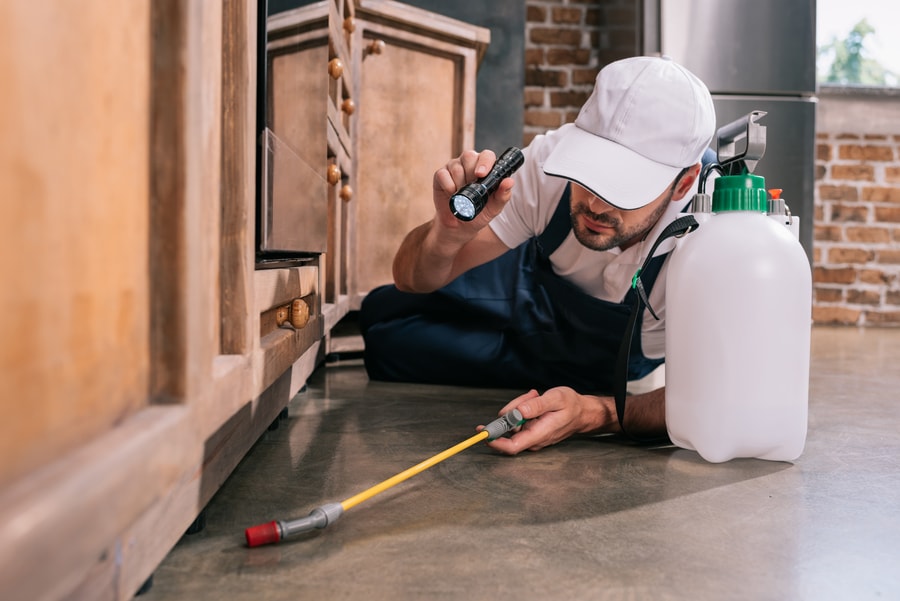What Can Be Done About Mice With Pest Control?
There are several things you can do to get rid of mice, including trapping and fumigation. Mice will chew on a variety of materials including cardboard, paper, and lightweight plastic. They also gnaw through garbage, foliage, and weather stripping on your home.

Home remedies to deter mice
If mice are a problem in your home, you can use natural methods to repel them. You can place cotton balls with peppermint oil on them and place them on the exterior of your house. You can also spray an apple cider vinegar mixture around the perimeter of the house and around the areas where mice may enter. In addition, you can use fabric softener sheets to repel mice.
Mice are drawn to areas where crumbs are present and water sources are plentiful. Make sure that you regularly clean your house to remove these sources. Also, make sure that you change your trash can frequently to eliminate the presence of mice.
Trapping
There are several different types of traps for mice. Some are made of glue boards or other plastics, while others are made with live animals. The choice depends on your budget and personal preference. Trapping mice with glue boards can be inhumane, as the mice can get stuck in them and die. Glue boards can also be very dangerous, so they should be kept away from children and pets.
The best mouse trap to use is one that uses the curiosity of mice. Mice are naturally curious creatures and are always on the lookout for new harborages and holes. Once they are trapped, they will start to look for other hiding places, attracting more mice to the area. Eventually, the trapped mice will die due to loss of body heat and food deprivation. The length of time it takes mice to die depends on their weight and the temperature in the area.
Humane traps
Humane traps for mice are a great way to control mice without harming them. These traps are designed to be placed where mice will congregate and are not harmful to people, pets, or kids. Unlike poisonous poisons used in the killing of rats and mice, humane traps do not kill the mice, instead, they release them after a few days.
These traps are available in many hardware stores and DIY/garden centers. You can also make them yourself. It is important to check them daily to ensure that the animals don’t escape.
Fumigation
If you’re concerned about the presence of mice in your home, you may want to consider fumigation as a solution. Mice are nocturnal animals and can be difficult to detect if you don’t know what to look for. You can tell that a mouse is in your home or business if it starts making noises at night. However, most people are not home in the evenings, so you will need to find other signs, such as droppings, to determine the presence of mice.
One of the most effective ways to prevent mice infestations is to prevent their access to food and water. Make sure you store all pet food in sealed containers and fix any leaky faucets. Keep your living area free of clutter and regularly pick up trash. Remember, mice don’t stay in one spot for very long, so it’s vital to keep the place clean and uncluttered.
Population reduction
Population reduction of mice is a key part of a mouse control strategy. This method involves a combination of trapping, rodent-proof construction, and sanitation measures. Once mice have been established in your home, you may need to reduce their population using traps and toxicants. While sanitation and rodent-proof construction measures can help prevent mice from causing damage, population reduction is necessary if the mice are already present.
The two most common methods of population reduction for mice are trapping and poisoning. There are a number of different pesticides available for these purposes. These can be purchased at pesticide stores, discount stores, feed stores, and garden centers. However, you should be aware that most traps and poisons only work for a few days. It may take up to a month before you see a reduction in the mice population.

